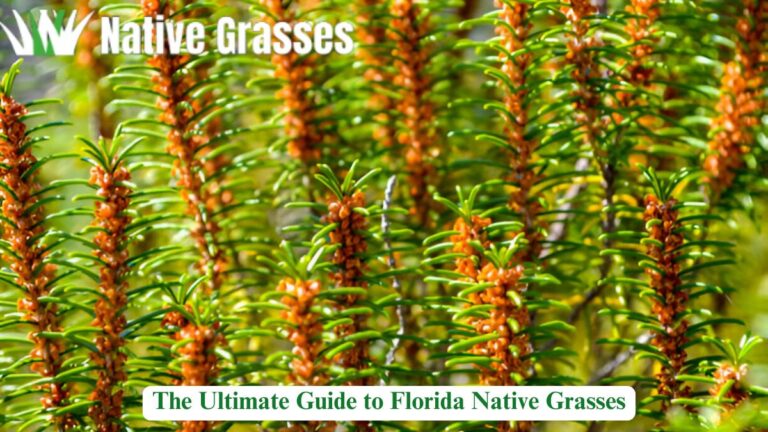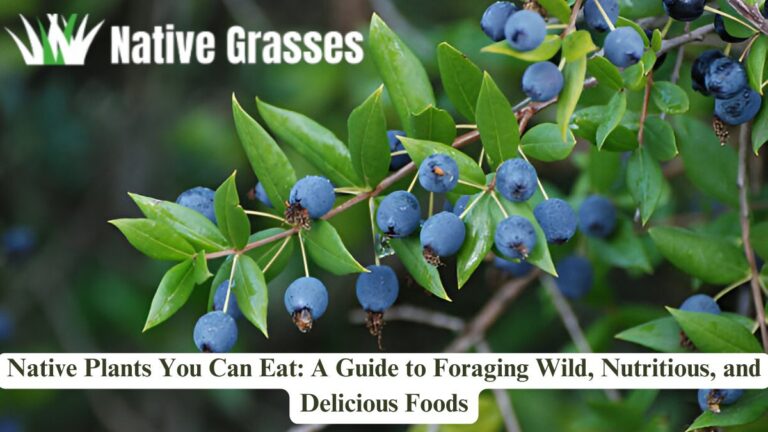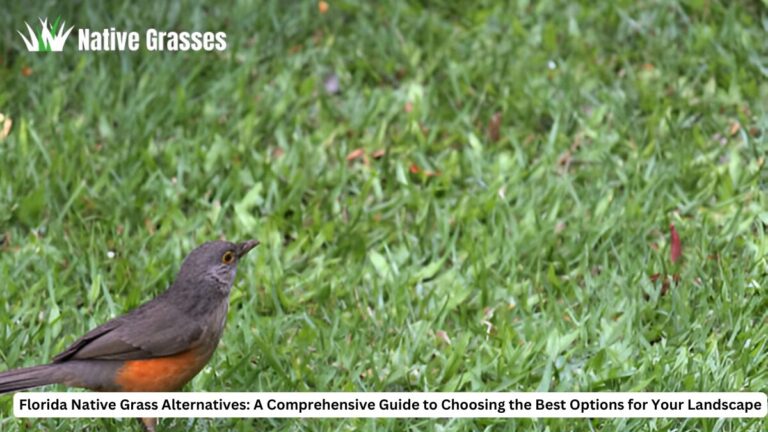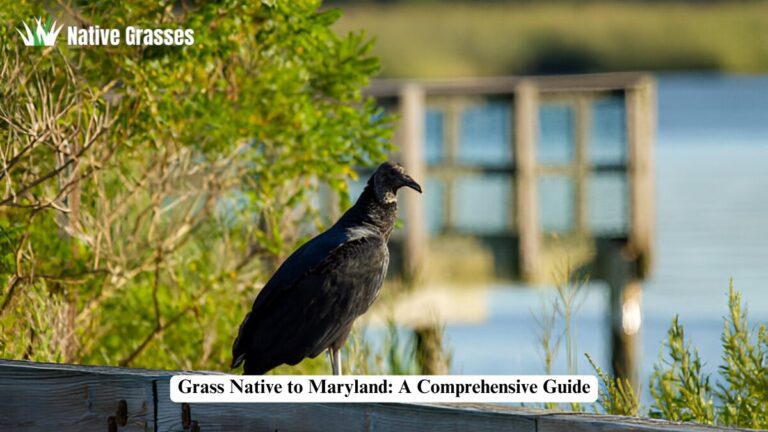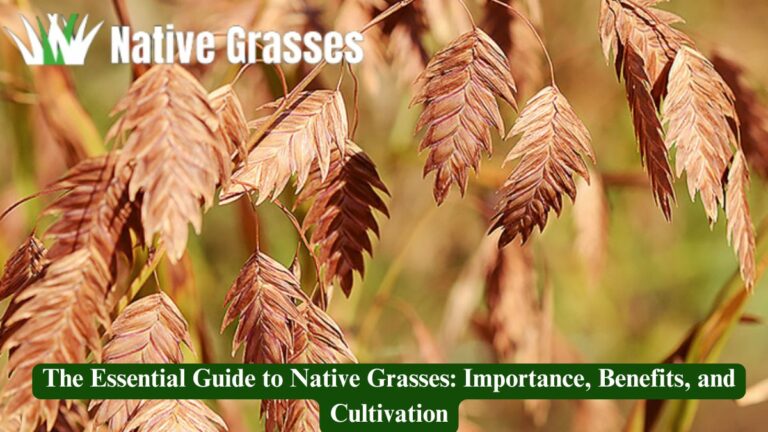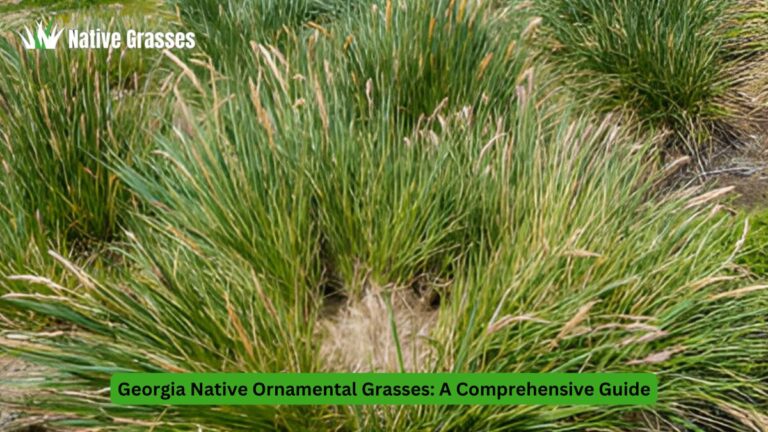Native Grasses of Virginia: Your Guide to Sustainable Landscaping
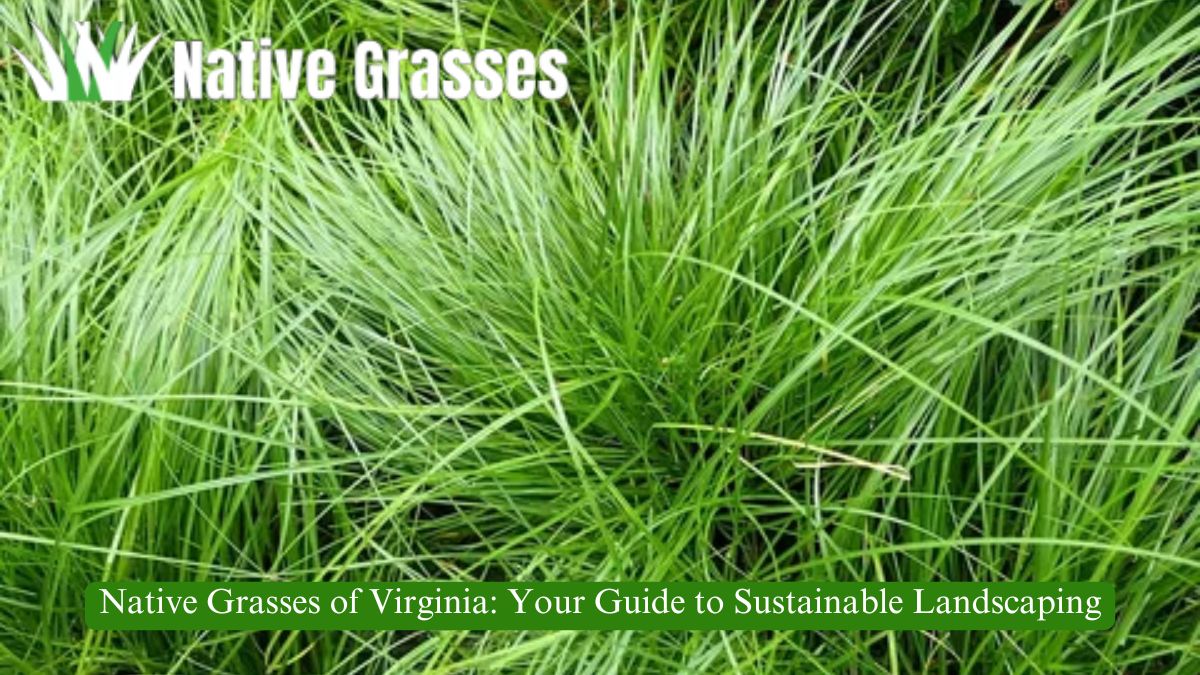
Native grasses are more than just plants; they are the unsung heroes of Virginia’s ecosystems. They provide beauty, require minimal upkeep, and support biodiversity, making them an excellent choice for any gardener or landscaper. In this article, we’ll explore native grasses in Virginia in-depth, from their benefits and characteristics to the best ways to incorporate them into your landscape.
What Are Native Grasses?
Native grasses are species that naturally evolved in Virginia’s ecosystems without human intervention. These grasses are uniquely adapted to the local climate, soil, and wildlife, making them resilient and low-maintenance options for landscaping.
Characteristics of Native Grasses:
- Deep Root Systems: Help with drought resistance and soil stabilization.
- Adaptability: Thrive in Virginia’s diverse climates and soils, from coastal plains to mountainous regions.
- Biodiversity Support: Provide habitat for native insects, birds, and mammals.
A Fun Fact:
Many native grasses support pollinators and serve as host plants for over 50 butterfly and moth species native to Virginia.
Benefits of Native Grasses
Ecological Benefits
- Erosion Control: The deep roots of native grasses bind soil, preventing erosion on slopes and riverbanks.
- Habitat Creation: Birds, bees, and butterflies rely on these grasses for food and shelter.
- Carbon Sequestration: Their extensive root systems help capture and store carbon in the soil, combating climate change.
Low-Maintenance Landscaping
- Water Efficiency: Once established, native grasses require little to no watering.
- Fertilizer-Free: They thrive without synthetic fertilizers, reducing chemical runoff.
- Minimal Mowing: Many species grow to a natural height, eliminating the need for frequent mowing.
Aesthetic Appeal
- Year-Round Interest: Native grasses offer seasonal beauty with vibrant greens, golden hues, and unique seed heads.
- Versatility: They blend seamlessly with wildflowers, shrubs, and other native plants.
Top Native Grasses for Virginia Landscapes
Virginia’s native grasses come in various sizes, textures, and colors, making it easy to find the perfect species for your needs.
| Grass Name | Description | Best Uses | Unique Features |
| Little Bluestem | Blue-green stems, reddish-orange in fall | Borders, decorative gardens | Drought-tolerant, stunning fall color |
| Switchgrass | Tall, airy plumes, golden in autumn | Erosion control, wildlife cover | Tolerates wet and dry soils |
| Indian Grass | Golden seed heads, elegant foliage | Prairie gardens | Excellent for tall accents |
| Purple Lovegrass | Vibrant purple flower clouds | Ground cover | Stunning visual impact |
| Broomsedge Bluestem | Bronze-orange stems in winter | Meadows, open fields | Great for winter interest |
Spotlight: Little Bluestem
Little Bluestem (Schizachyrium scoparium) is a star among native grasses. It grows up to 3 feet tall, thrives in full sun, and requires minimal watering. Its foliage shifts from blue-green in summer to reddish-orange in fall, adding dynamic color to your yard.
Where to Use Native Grasses in Your Landscape
Meadows and Prairies
Create a natural look by combining native grasses with wildflowers like Black-Eyed Susans and Milkweed. This not only supports pollinators but also mimics Virginia’s native ecosystems.
Rain Gardens
Grasses like Switchgrass and Broomsedge Bluestem can manage stormwater effectively by slowing runoff and filtering pollutants.
Erosion-Prone Slopes
Plant deep-rooted grasses on slopes to stabilize soil and prevent erosion. Switchgrass is particularly effective for this purpose.
Decorative Borders
Use smaller grasses like Purple Lovegrass for ornamental borders, adding texture and seasonal interest to your garden.
Planting and Maintenance Tips
Selecting the Right Grass
- Soil Type: Match grasses to your soil’s pH and drainage. For example, Switchgrass thrives in wet soils, while Little Bluestem prefers dry, sandy areas.
- Sunlight Requirements: Most native grasses need full sun, but some tolerate partial shade.
Planting Guide
- Best Time to Plant: Early spring or fall, when temperatures are moderate.
- Preparation: Remove invasive plants, loosen the soil, and add a layer of mulch.
- Spacing: Leave 1-2 feet between clumps to allow for natural growth.
Maintenance
- Watering: Only water during the establishment phase (6-8 weeks).
- Pruning: Cut back grasses to 6 inches in late winter to encourage fresh growth.
- Weed Management: Regularly remove weeds to prevent competition.
Supporting Native Grass Ecosystems
Companion Planting
Pair native grasses with wildflowers like Coneflowers (Echinacea) and Goldenrod (Solidago) for a vibrant, biodiverse garden.
Avoiding Invasives
Stay away from non-native species like Miscanthus (Miscanthus sinensis), which can spread aggressively and disrupt ecosystems.
Encouraging Biodiversity
Install birdhouses and bee hotels near native grass plantings to attract wildlife and pollinators.
Challenges and Solutions
Weed and Invasive Plant Issues
- Problem: Weeds can compete with young native grasses.
- Solution: Apply a light layer of mulch and monitor for invasive species.
Wildlife Grazing
- Problem: Deer or rabbits may nibble on young plants.
- Solution: Use protective netting or choose grasses less appealing to grazers.
Appearance Concerns
- Problem: Some people view native grasses as “messy.”
- Solution: Design with intention, using clean borders and complementary plantings.
Where to Buy Native Grasses in Virginia
Local Native Plant Nurseries
- Virginia Native Plant Society: Offers native grasses and expert advice.
- Earth Sangha Nursery: Located in Northern Virginia, specializes in eco-friendly plants.
Online Retailers
- Prairie Moon Nursery: Ships a wide variety of seeds and plugs.
- Nature Hills Nursery: Provides a selection of native grasses and planting tips.
Community Resources
- Check with your local extension office for plant swaps and native grass workshops.
Conclusion
Native grasses are not just a practical choice for Virginia landscapes; they are a commitment to sustainability and ecological health. By incorporating these resilient, beautiful plants into your garden, you’ll create a thriving ecosystem that benefits both the environment and your aesthetic goals.
Ready to transform your landscape? Start planting native grasses today and watch your yard come to life with beauty, wildlife, and year-round appeal.
FAQ,s
What are the native grasses of Virginia?
Native grasses are species naturally adapted to Virginia’s climate and ecosystems, requiring minimal care while supporting biodiversity.
Why should I use native grasses in my landscaping?
They are eco-friendly, low-maintenance, and enhance soil health while providing habitats for wildlife.
What is the best time to plant native grasses in Virginia?
Early spring or fall is ideal for planting, as moderate temperatures help them establish.
Can native grasses prevent soil erosion?
Yes, their deep root systems are excellent for stabilizing soil and preventing slope erosion.
Where can I buy native grasses in Virginia?
Local nurseries like the Virginia Native Plant Society and online retailers like Prairie Moon Nursery are great sources.

